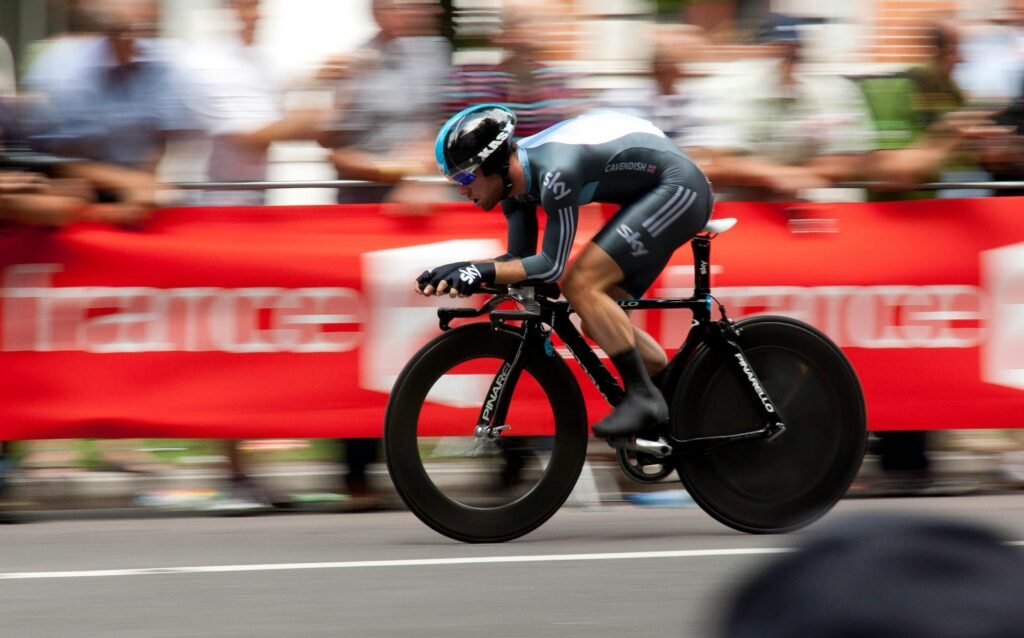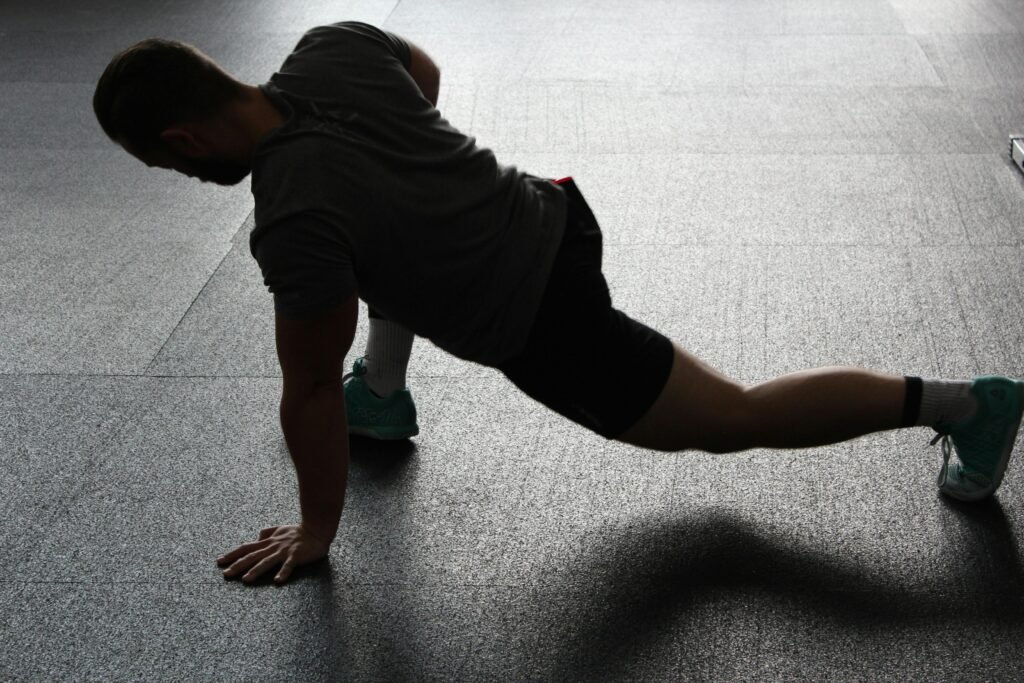Do you know how actually Cardio burns fat? Cardiovascular exercise, commonly known as cardio, is often hailed as one of the most effective ways to burn fat and lose weight. But how exactly does cardio work to burn fat? In this blog post, we’ll explore the science behind cardio and its fat-burning mechanisms, providing you with a comprehensive understanding of how this form of exercise can help you achieve your fitness goals.

Understanding Cardio
Cardio exercises are activities that increase your heart rate and breathing while engaging large muscle groups repetitively and rhythmically. Examples include running, cycling, swimming, and even brisk walking. The primary goal of cardio is to improve cardiovascular health, but a significant side benefit is fat loss.
The Science of Fat Burning
To understand how cardio burns fat, we need to delve into the body’s energy systems and how they function during exercise.
1. Energy Sources
The body relies on three primary sources of energy: carbohydrates (glycogen), fats, and proteins. For cardio exercises, the body mainly uses carbohydrates and fats. The proportion of these energy sources depends on the intensity and duration of the exercise.
2. Low to Moderate Intensity
At low to moderate intensities, such as walking or slow jogging, the body primarily uses fat as its fuel source. This is because fat oxidation (the process of breaking down fat molecules) is a slow process that provides a steady stream of energy. During these activities, the body can efficiently convert fat into energy, making it an ideal way to burn fat over time.
3. High Intensity
As the intensity of the exercise increases, the body shifts to using more carbohydrates for quick energy. High-intensity workouts, like sprinting or high-intensity interval training (HIIT), rely heavily on glycogen stores. However, high-intensity cardio also creates an “afterburn” effect, known as excess post-exercise oxygen consumption (EPOC). EPOC means that your body continues to burn calories at an elevated rate even after the workout has ended, contributing to fat loss.

The Role of Hormones
Cardio exercises stimulate the release of several hormones that aid in fat burning:
- Adrenaline and Noradrenaline: These hormones increase during exercise, promoting the breakdown of fat stores to be used as energy.
- Growth Hormone: Intense cardio can trigger the release of growth hormone, which helps in fat metabolism.
- Insulin Sensitivity: Regular cardio improves insulin sensitivity, allowing your body to use carbohydrates more efficiently and store less fat.
The Importance of Duration and Consistency
While both low-intensity and high-intensity cardio can be effective for burning fat, the key is consistency. Regular cardio workouts, combined with a balanced diet, lead to a calorie deficit, which is essential for fat loss. The duration of your cardio sessions also matters. Longer sessions at moderate intensity can significantly contribute to fat burning, while shorter, high-intensity workouts can also be effective due to the EPOC effect.
Cardio and Muscle Mass
It’s important to note that while cardio is excellent for burning fat, it should be balanced with strength training to preserve muscle mass. Muscle tissue is metabolically active, meaning it burns more calories at rest compared to fat tissue. Combining cardio with strength training ensures that you burn fat while maintaining or even building muscle, leading to a more toned and defined physique.

Practical Tips for Effective Cardio
- Mix It Up: Combine different types of cardio, such as running, cycling, and swimming, to keep your workouts interesting and engage various muscle groups. Read more about different types of Cardio exercise- https://fatburnfaster2x.com/how-many-types-of-cardiovascular-training-are-there/
- Incorporate Intervals: Include high-intensity intervals in your cardio routine to boost the afterburn effect and maximize calorie burn.
- Stay Consistent: Aim for at least 150 minutes of moderate-intensity or 75 minutes of high-intensity cardio per week, as recommended by health guidelines.
- Listen to Your Body: Ensure you are not overtraining by listening to your body’s signals and allowing adequate rest and recovery.
Conclusion
Cardio is a powerful tool in the fat-burning arsenal. By understanding how it works and incorporating it effectively into your fitness routine, you can optimize your fat loss and improve overall health. Whether you prefer low-intensity sessions or high-intensity bursts, the key is consistency and balance. So lace up your sneakers, hit the pavement, and watch as cardio helps you shed those extra pounds and achieve your fitness goals.




Pingback: How Many Ways You Can Do Cardio Training? - FAT BURN FASTER 2X
Pingback: The Impact of Cycling on Cardio Exercise - Fat Burn Faster 2x